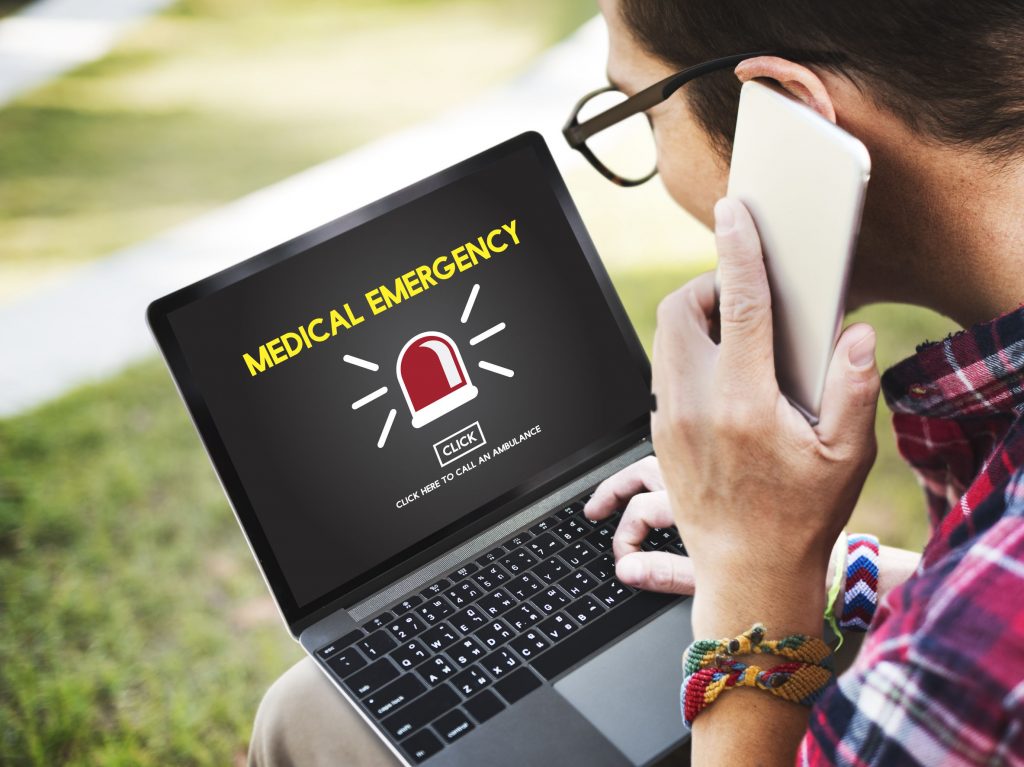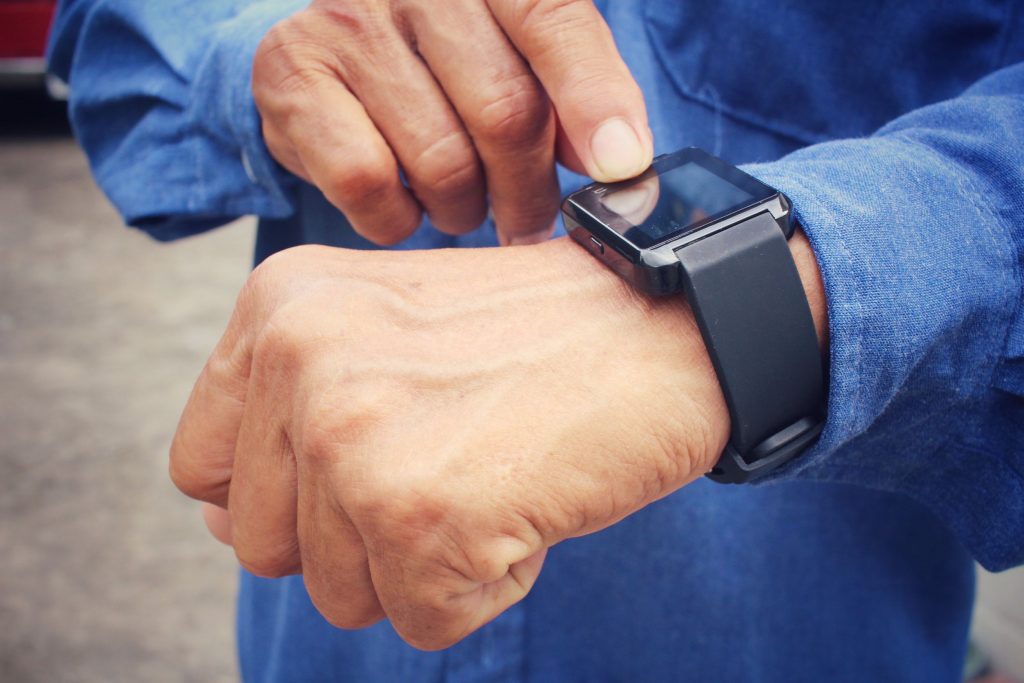We’ve all seen the television commercials for systems like LifeAlert and other senior medical alert systems — but there are many, many things to consider when it comes time to purchase one. Caregivers, family members, and of course seniors can gain peace of mind using these types of technologies, although it’s all about making sure a loved one’s needs are met in a comprehensive way!
You may think: “Oh, we’ll just grab the basic system… what more can these devices actually do?”
With technology advancing at its current pace, the range of options for senior medical alert systems is becoming increasingly specialized and broad at the same time. It can feel hard to keep up, although that is to say there’s a system out there for you or your senior loved one’s particular needs and budget.
Whether you go with basic wearable technology, or more advanced fall detection and well-being monitoring systems, we’ll help you ask the basic questions to determine what you’ll really want to look for in senior medical alert systems.

It’s easier than ever to connect people and their devices to coordinate caregiving efforts!
1. What Should Senior Medical Alert Systems do?
The first step in determining the best fitting medical alert system for the situation is to evaluate the specific needs of the person utilizing it. In most cases, these devices are designed to be fairly simple to set up and maintain for everyday usage. It’s important to consider all of the possible scenarios where a device like this would be helpful. Does your senior loved one have:
- A history of falls?
- Memory issues or dementia?
- Issues with wandering?
- The ability to communicate using the telephone?
- A need for vital monitoring?
- A need for daily check-ins?
Compile a list of the main things a senior medical alert system will need to accomplish — this way you’ll have an easier time deciding which features are essential.
2. What Equipment is Ideal?
Senior medical alert systems can take many forms and serve a range of specific needs. Keeping in mind all of the functions that are essential to have in a device, you’ll want to understand the technical aspects of how well a specific system can work. Depending on someone’s living space, some systems may be limited in how well they can serve you or your senior loved one.

Smartwatches can boast an amazing array of features with new models each year.
Wearable Devices
The market is full of wearable devices for seniors, making the daily monitoring of general vital information quick and easy. Some favorites include:
- Fitbit Charge 2 HR — Tracks heart rate, provides guided breathing exercises, reminders to stay active, and even monitors sleep.
- Great Calls’ Lively Wearable — Works with a mobile app to track daily steps, provide health tips, and features fall detection software.
- BeClose — Designed for maximum independence and includes a wearable sensor, along with a household base station and wireless sensors that can detect movement, any abnormalities in someone’s routine behavior, and an emergency button for fast responses.
Full Alert Systems
- Bay Alarm Medical — Rated as one of America’s best personal emergency response systems, featuring a completely waterproof wearable pendant, an effective range of 1,000 feet, battery life of 32 hours, and a comprehensive voice calling system that offers 24 hours support.
- GrandCare Systems — A multipurpose system used to track someone’s daily activity, medical vital signs (glucose, oxygen, blood pressure, and weight) and is capable of displaying information via an interactive touchscreen.
- Life Alert — A standard as far as senior medical alert systems are concerned — immediately activates an emergency response and now has a smartphone app for speed dialing the monitoring center.
3. Other Main Considerations
In addition to a device or system serving the optimal range of someone’s needs, you’ll also need to consider things like price, the connectivity of a device, and the availability of service in the area.
Of course, you can’t always purchase the most state-of-the-art technology available, but this isn’t something to skimp on. As with anything, be sure to check for hidden fees, any contractual obligations, cancellation policies, and of course any discounts that may be available for veterans or people part of any membership organizations.
With so many options, you’ll want to make sure all caregivers and family members involved can be contacted appropriately. Whether that means a device sends out email notifications, text messages, or direct call lines, know there are systems that can accommodate your entire care team.
Another huge consideration is the availability of service in someone’s area. In remote or very rural places, phone service, Wi-Fi, or other means of contacting the right emergency response personnel can be difficult. Always be sure to check whether or not providers can deliver the connectivity a device requires in order to function properly.
Although this is just a brief overview of the possible considerations, take time to research any number of senior medical alert systems before making a purchase. Keeping you or your loved one’s specific safety needs in mind will guide you to the best product out there!





